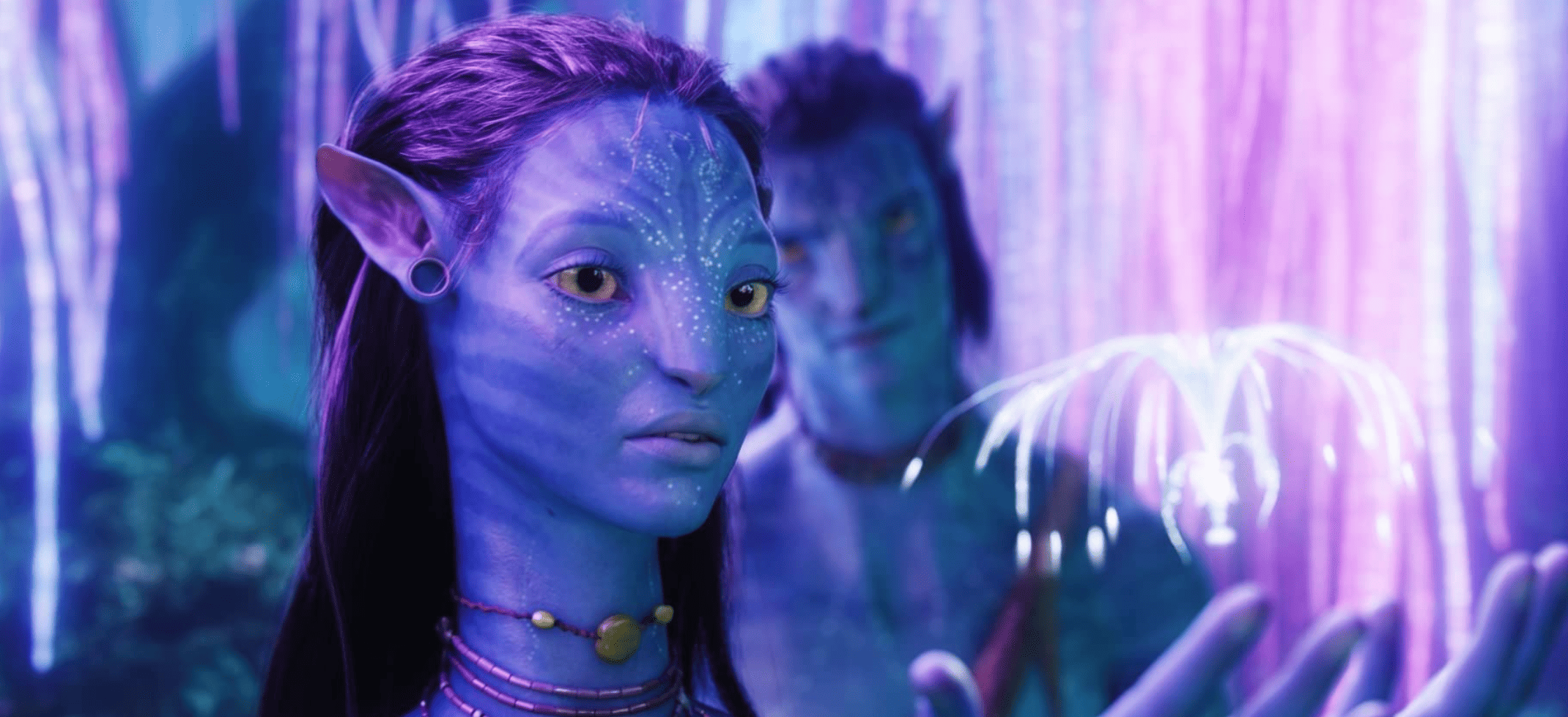
A bad movie is one thing, but a bad movie that everyone likes is in a totally different ballpark. It’s even worse when said movie becomes part of the canon and is considered a classic, all but guaranteeing personal torment for those of us who disagree. No take is too hot here — this is a safe space for bold opinions. I’m going to air my frustrations by listing some classic movies I think are actually terrible.
Don’t have time to read? Watch the video version of this article:
‘Scarface’ (1983)

Long glorified as perhaps the mobster movie, “Scarface” doesn’t quite hit the mark. Al Pacino stars as Tony Montana in a twisted saga about the drug scene in Miami, Florida. It shows us a rags-to-riches story that is also a cautionary tale about the corruptive effect of power. After Montana rises to become a powerful player in the local drug scene, it’s all downhill from there.
If you’re interested in crime movies surrounding some of America’s greatest mob families, you’re better off watching “The Godfather” series. “Scarface” is unnecessarily violent in a gaudy way — the type of movie that makes your stomach churn and leaves you wondering if a certain murder had to be shown on screen. Outside the world of Hollywood, there are plenty of good TV shows with similar storylines with better quality, including the other Tony from “The Sopranos.”
‘Dune’ (1984)
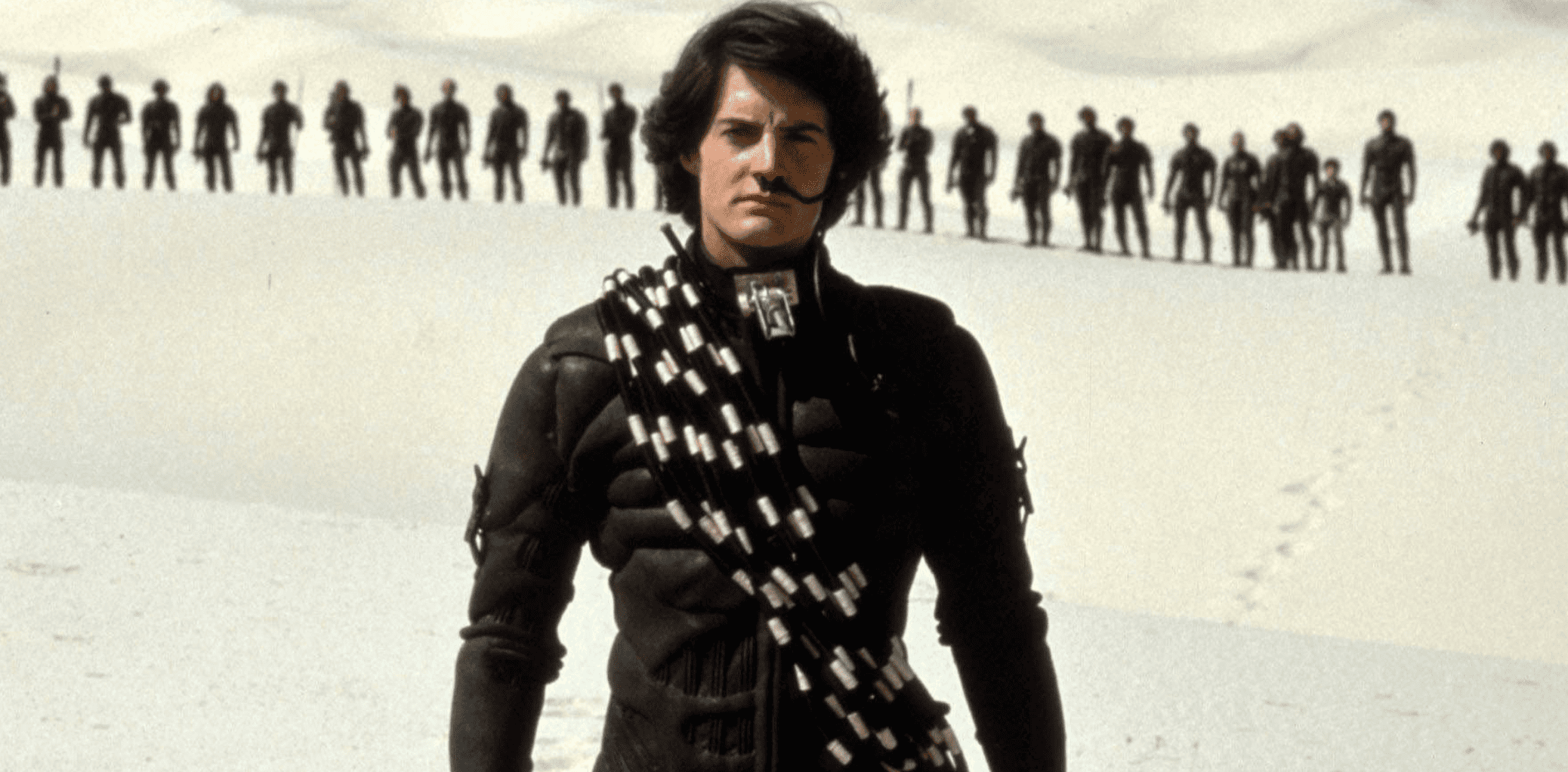
Thankfully eclipsed by more recent adaptations, David Lynch’s “Dune” was a shiny new toy when it first came out almost 40 years ago. The movie is based on the 1965 novel by Frank Herbert of the same name and chronicles an existential melodrama set in outer space — your typical story about intergalactic conflict and survival. But with Toto in charge of the soundtrack and a $40 million budget, “Dune” was supposed to define the genre. It was certainly considered a classic for a while, even despite the negative reviews from critics.
Maybe it was doomed from the beginning. We all know the movie is rarely better than the book. But “Dune” is disappointing for being too slow and superficial, only offering a very surface-level engagement with the book’s beloved characters. Yet the film’s legacy endures through it all. We prefer the newest version though.
‘Titanic’ (1997)
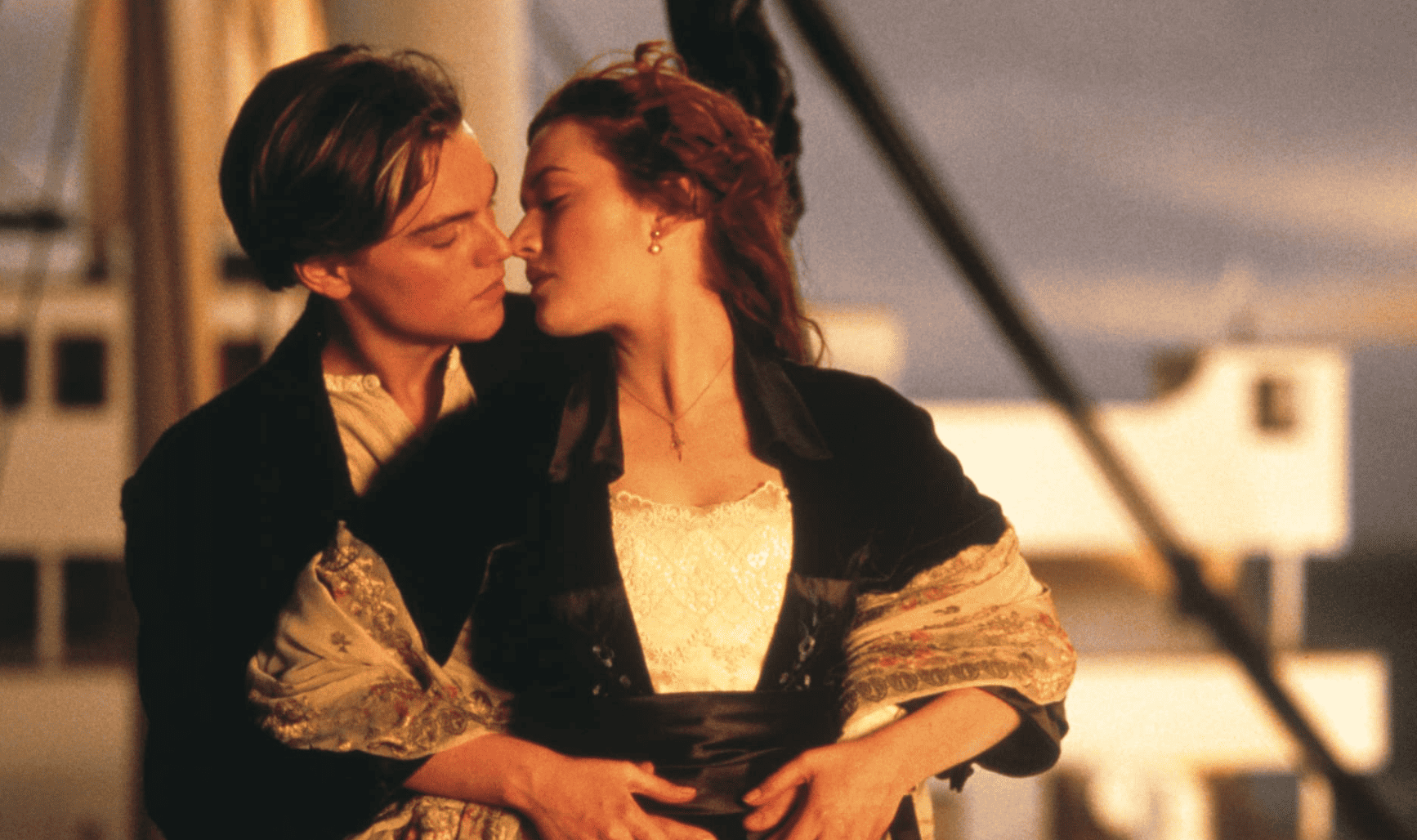
There’s a lot to like about “Titanic,” including riveting performances by Leonardo DiCaprio as Jack and Kate Winslet as Rose. The movie’s many positive qualities are in my opinion ruined by a frustrating and unnecessary ending that does not make sense at all: Rose could’ve totally shared that piece of door with Jack.
While the visuals are definitely spectacular and have aged well, the story and dialogue don’t rise to the occasion. Sure, it’s impossible not to be moved by the tragedy of the Titanic, but that has more to do with the weight of the historical event than the movie itself. There’s a difference between a movie that exploits our human instincts and a movie that delicately depicts moving stories. Both types might make us cry, but only one makes for a good movie.
‘Fight Club’ (1999)
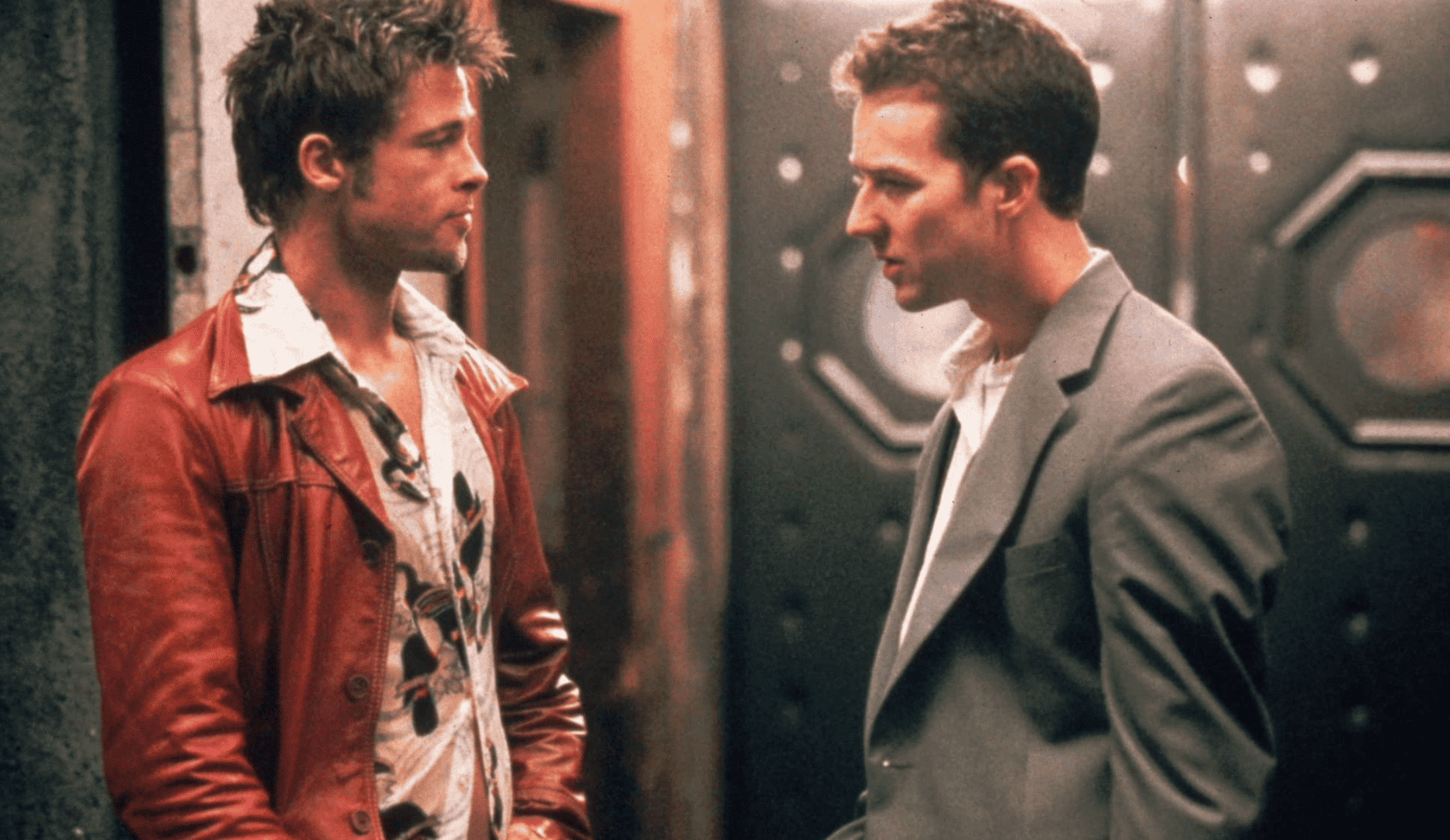
When Fight Club came out in 1999, it caused a stir for many of its distinctive features, including an unnamed, cryptic narrator and vivid depictions of violence. The movie focuses on the story of a mysterious insomniac dissatisfied with all aspects of modern life and struggling to find meaning in unconventional places. As he embarks on his quest against generational ennui, we see him do everything from fist-fighting others recreationally and blowing up buildings, essentially raging against the machine.
If the plot sounds overdone today, that’s because the themes explored in “Fight Club” have been amply explored since then. While this movie might have been one of the first ones in the genre, subsequent and even contemporary films have done a better job at depicting the existential condition of modern life, such as “The Matrix” (1999) series, which came out the same year. “Fight Club” hasn’t aged well because its violent scenes are too gory and feel unnecessary.
‘Avatar’ (2009)
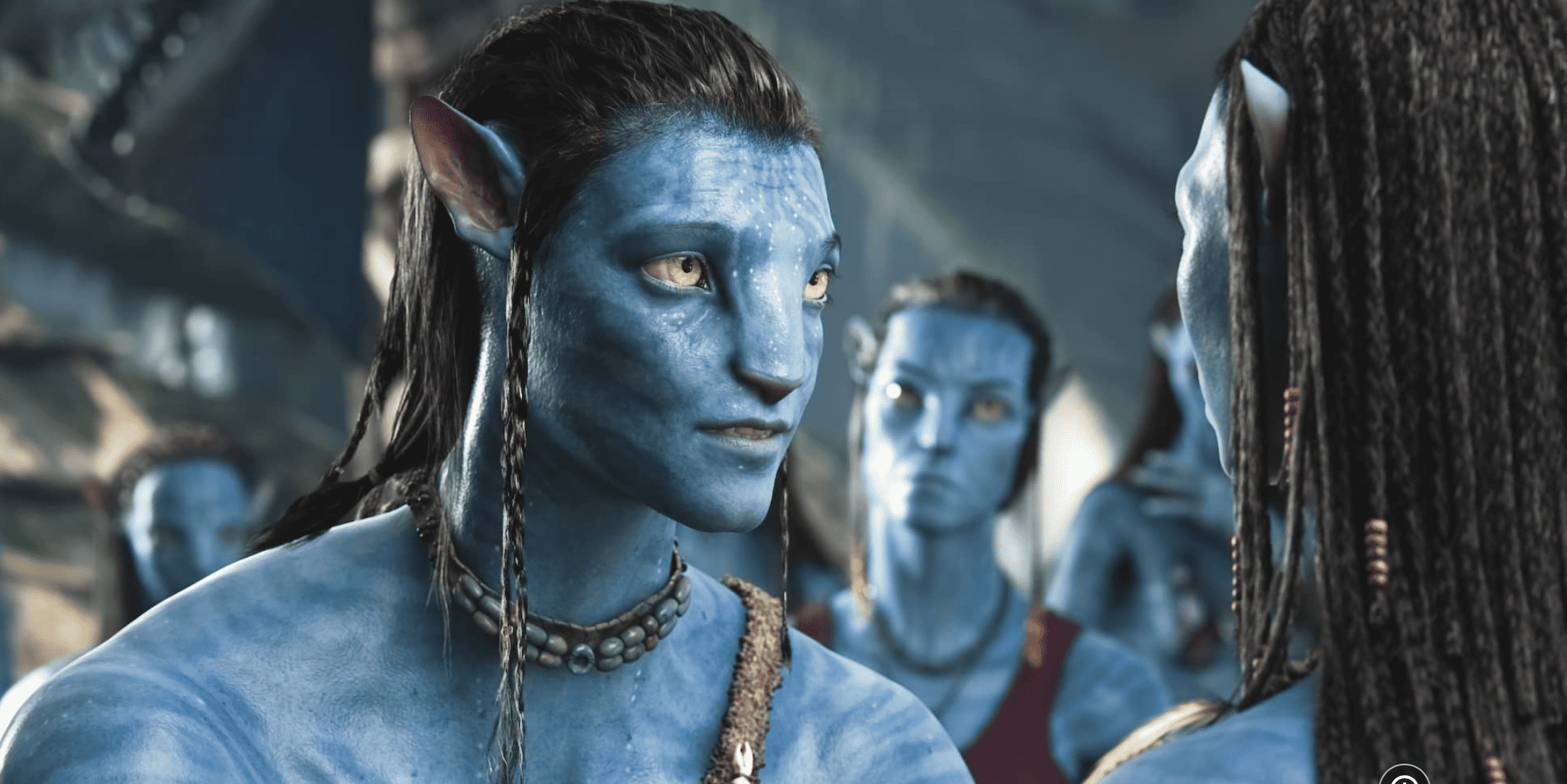
If movies were just about arresting visuals, the “Avatar” franchise would be the best of all time. Unfortunately for the inhabitants of Pandora, we want more from our movies than for them to just be aesthetically beautiful — especially when we have to wait over a decade for the next installment in the series.
“Avatar” is a beautiful, well-crafted film that is most pleasing to the eyes but doesn’t offer much in terms of plot. The main storyline sees an epic conflict between the Na’vi, an Indigenous population, and a human civilization that tries to steal their natural resources. While the plot is rich with complex themes, the movie as a whole doesn’t quite live up to the hype because much of the movie’s stunning imagery is lost when watched at home.
‘The King’s Speech’ (2010)
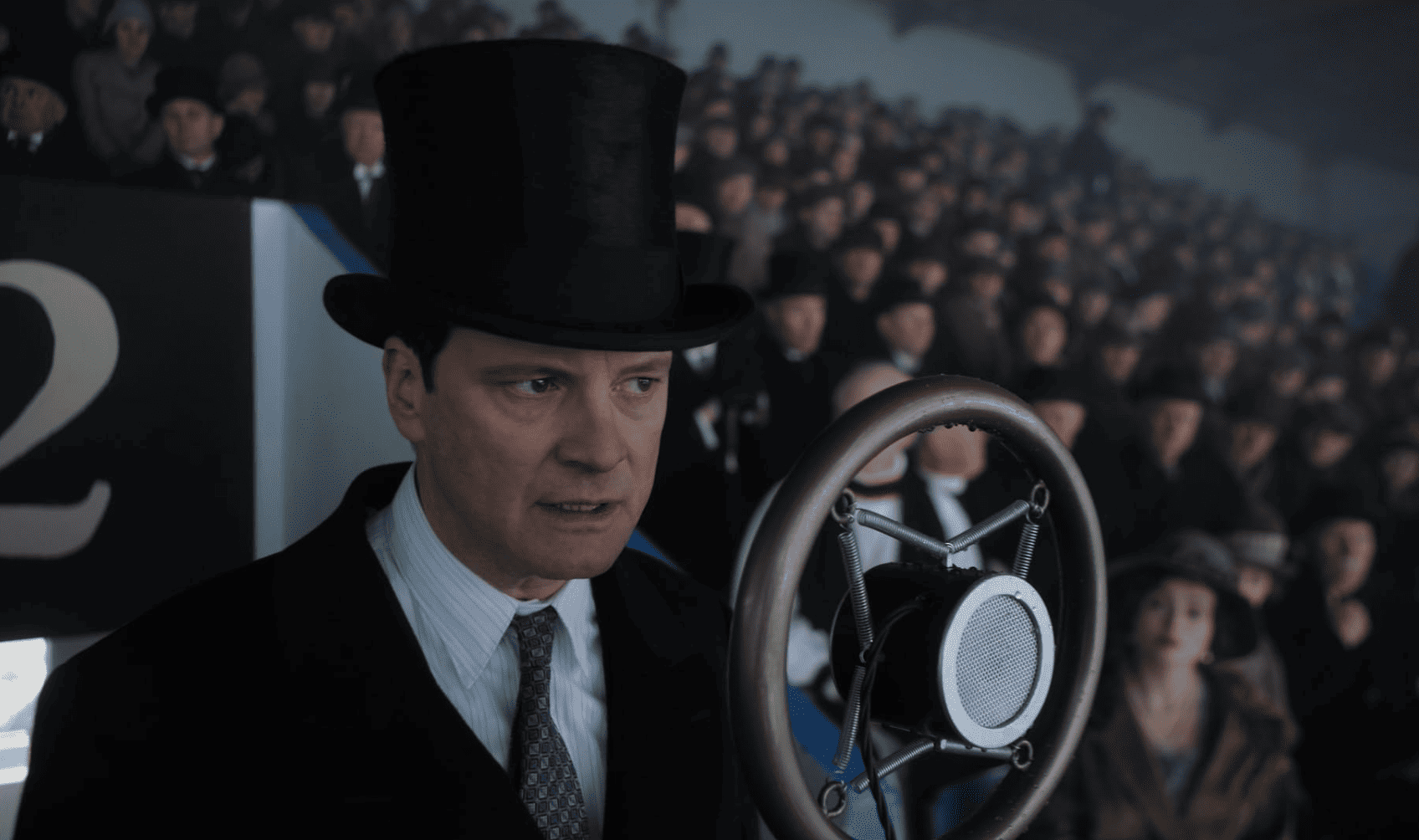
Directed by Tom Hooper and nominated for 12 Oscars, this historical drama features the journey of King George VI as he tries to overcome a minor speech impediment. The movie is based on a true story, though there are also the accompanying exaggerations and distortions that come with the part. If the plot leaves you feeling a little nonplussed, that’s because the movie isn’t necessarily a good one.
The central flaw in “The King’s Speech” is that the movie is too unrelatable. Sure, royals are not that different from us plebeians — some of them, it turns out, stutter. But that’s as far as the similarities go. In the movie, King George VI is counseled by his wife Elizabeth to seek the help of Lionel Logue, a self-taught speech therapist who already enjoyed burgeoning success even before his association with the royal family.
It goes without saying that King George has an unmatched level of resources at his disposal that other people with speech problems simply don’t possess. There’s only so much empathy we can show someone with a literal gold spoon in their mouth.
